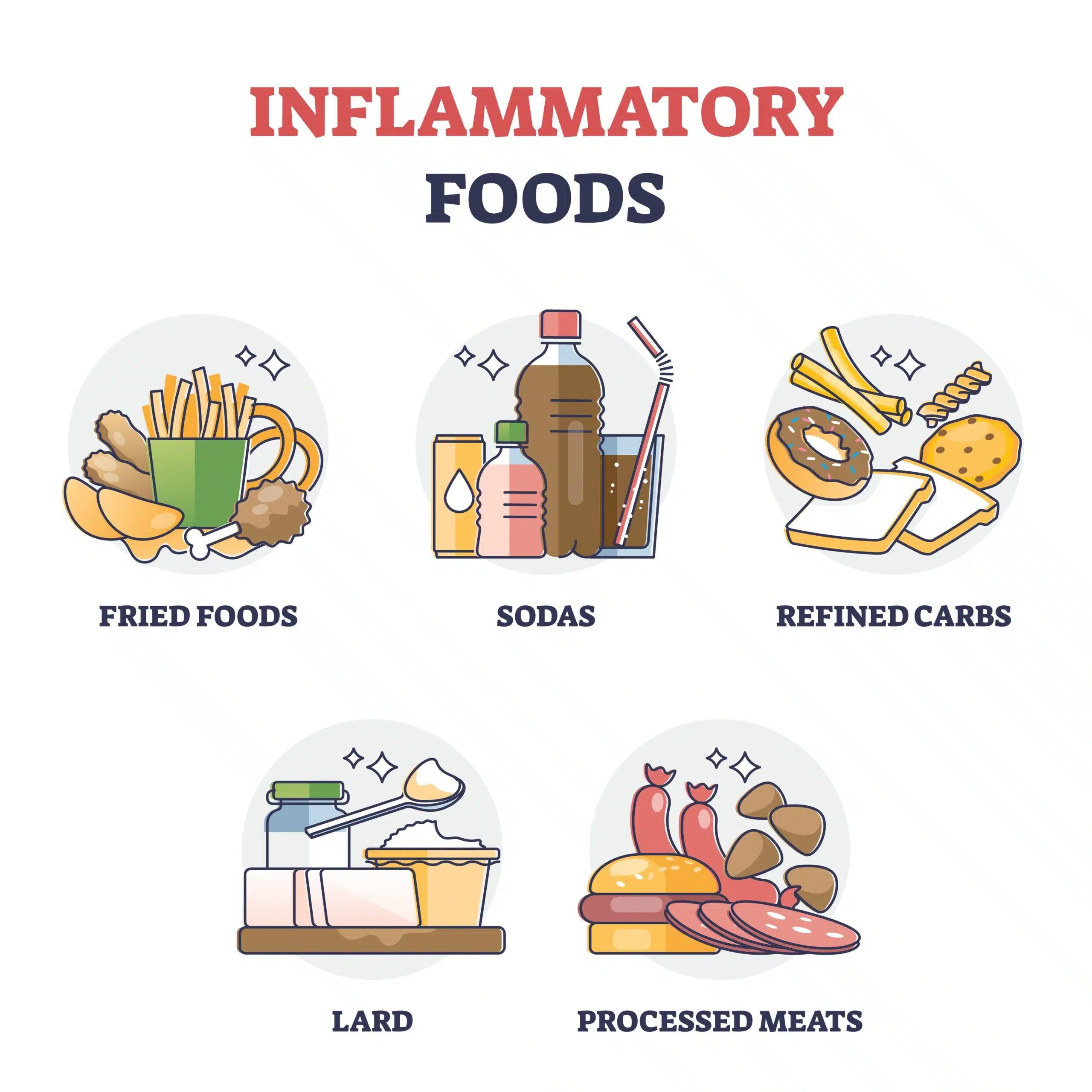Anti-Inflammatory diet factors: a blog series
You’ve probably heard more than a little talk lately about adopting an anti-inflammatory diet. It’s become a major conversation in healthcare, with doctors and dietitians across the country touting its benefits. We want to help break down the topic for you in a series of blog posts that will examine multiple food factors within a successful anti-inflammatory diet. We hope this blog series helps you understand, and explore embarking on, an anti-inflammatory diet for your health. As always, when considering how food and diet can affect your health, please consult your physician before making any changes!
But first, tell me more about inflammation
Well, first of all, inflammation isn’t always a bad thing. It’s actually necessary for your body to heal. When you cut yourself or get an infection of some kind, you experience acute inflammation—your white blood cells rally to the injury to help repair the damage, and inflammation is a side effect of that response. When inflammation occurs systemically (throughout your body) or chronically, however, it becomes a larger health concern. Unchecked, it can cause trauma to tissues, organs, and other healthy cells, lead to internal scarring, or even damage DNA in otherwise healthy cells.

So, an anti-inflammatory diet can help prevent that?
According to the Harvard School of Public Health¹, research shows that a traditional Western diet is associated with elevated blood markers for inflammation. Emerging studies show that high-fiber, plant-rich diets support a greater biodiversity of beneficial gut biomes, and may help prevent low-grade inflammation. Other trials show promising anti-inflammatory results for the Mediterranean Diet, the MIND diet, vegetarianism, and veganism.
Ok, I’m intrigued. What makes up an anti-inflammatory diet?
Well, we mentioned a few established diets that fall into the anti-inflammatory category—Mediterranean, MIND, and, less formally, vegetarianism and veganism are a few options. Really, there are a few different factors or categories of foods that fall into the anti-inflammatory bucket. We’ll dig into each of these a bit deeper in our future blogs in the series:
Omega-3s
Omega-3s are a fatty acid (commonly included in the ‘healthy fats’ category) that help your cells perform properly by helping provide structure and support to cell membranes. Your body can’t provide enough Omega-3s on its own to survive, so they’re considered an essential nutrient—one you must supplement through food. Read more in part 2 >
Zingiberaceae
Come again? In lay terms, Zingiberaceae are a family of plants that become common spices, including ginger, turmeric, and cardamom. Studies have shown² that these spices can benefit those with chronic diseases including types of arthritis, inflammatory joint disease, depression, and respiratory illness. Read more in part 3 >
Alliums
Good news for chronic inflammation, bad news for vampires—alliums, the family of vegetables that includes garlic, falls into the anti-inflammatory diet group. They contain sulfur, which helps them prevent inflammation, lessen the chance of blood clots, boost immune response, and more. They also provide a whole host of other beneficial vitamins that can increase overall health. Read more in part 4 >
You’ll learn more about each of these classes of anti-inflammatory diet foods as you read along with our recurring blog series, linked above. We hope this information is both helpful and delicious!


